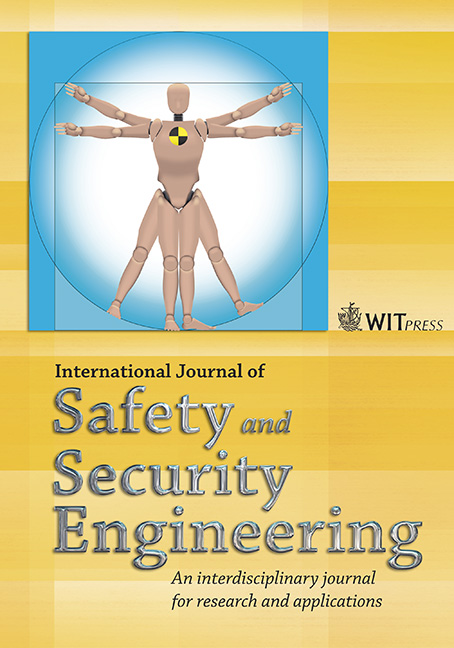A BETTER RIGID-PLASTIC ESTIMATE FOR EARTHQUAKE-INDUCED PLASTIC DISPLACEMENTS
Price
Free (open access)
Volume
Volume 2 (2012), Issue 2
Pages
12
Page Range
184 - 196
Paper DOI
10.2495/SAFE-V2-N2-184-196
Copyright
WIT Press
Author(s)
M.C. PORCU & G. CARTA
Abstract
The earthquake ductility demand on structures may be predicted by means of a rigid-plastic method, which derives the maximum plastic response of elastic-plastic oscillators from that of a simpler rigidplastic model. The maximum response of the latter is a purely plastic one and may be obtained from the earthquake rigid-plastic pseudo-spectrum, as a function of the oscillator yield acceleration. The results of a wide investigation presented in this paper show that such a method generally leads to a conservative and reliable enough estimate of the maximum plastic displacements. Small mean errors are in fact found for both comparatively short-period and long-period oscillators. In the medium period range, however, the rigid-plastic prediction is found to be less satisfactory. This is due to the appliance in that range of an empirical formula, which estimates the discrepancy between the elastic-plastic and the rigid-plastic peak response. To improve the rigid-plastic prediction in the medium period range, a new semi-empirical formula is derived in the paper which is shown to halve, on average, the error in estimating the earthquake ductility demand on medium period oscillators. Due to the new formula, the mean relative errors are always kept below 15%, whatever the earthquake and the oscillator. This makes the rigid-plastic method competitive with respect to other approximate methods, as discussed in the paper.
Keywords
Earthquake ductility demand, rigid-plastic method, seismic inelastic displacements prediction




